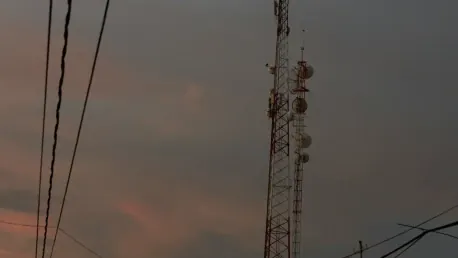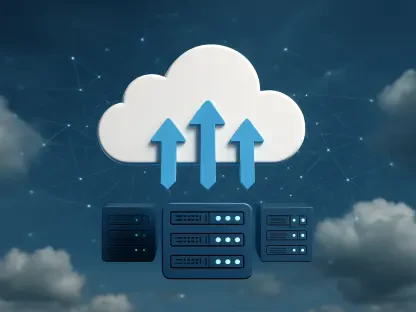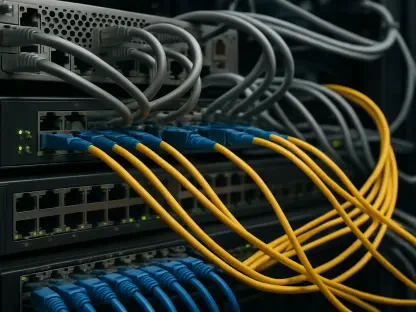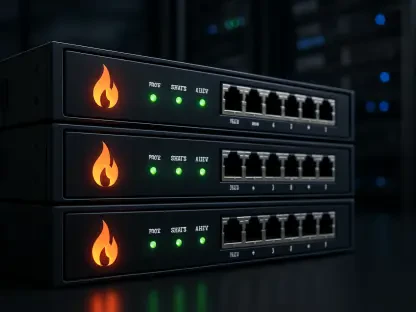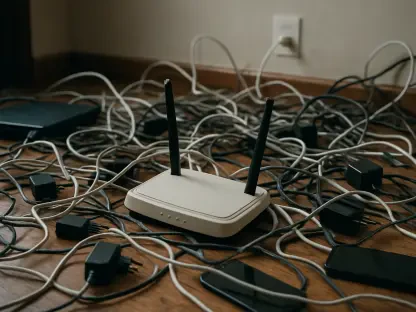In today’s rapidly evolving telecommunications landscape, Matilda Bailey stands out as a prominent Networking specialist, renowned for her expertise in cellular, wireless, and next-gen solutions. As direct-to-cell services gain traction, and partnerships between cable companies and satellite providers expand, we delve into this transformative technology with Matilda to understand its implications and future directions.
Can you provide an overview of what direct-to-cell service is and how it works?
Direct-to-cell service revolutionizes the way we communicate by enabling cell phones to communicate directly with low earth orbit (LEO) satellites, bypassing traditional cell towers. This technology hinges on satellite-capable radios in devices, allowing users to send text messages and, eventually, voice and data, without reliance on terrestrial infrastructure. It’s particularly advantageous in remote and rural areas where cellular coverage is sparse or non-existent.
What are the key advantages of using low earth orbit satellites for direct-to-cell services?
LEO satellites have several key benefits for direct-to-cell services. Their proximity to the Earth enhances signal strength and reduces latency, providing a more reliable connection. These satellites communicate with cell phones using eNodeB modems, essentially functioning as floating cell towers. This method is incredibly beneficial for remote and rural areas, offering connectivity in places where building terrestrial infrastructure is impractical or impossible, such as mountainous regions and national parks.
Why are cable companies partnering with satellite providers to boost service coverage?
In the U.S., significant areas, amounting to over 500,000 square miles, lack cellular coverage due to challenging topography and restrictions. Cable companies see partnerships with satellite providers as a solution to these long-standing coverage issues. These partnerships allow them to leverage the unique capabilities of satellites to extend their service reach and provide connectivity where traditional approaches fail.
Could you explain the partnership between T-Mobile and SpaceX for direct-to-cell services?
T-Mobile’s collaboration with SpaceX exemplifies the synergy between a major carrier and an innovative satellite provider. SpaceX’s Starlink satellites facilitate T-Mobile’s beta direct-to-cell offering, which currently supports text messaging and plans to expand to voice and low-speed data in the future. For T-Mobile customers, the transition is seamless as their phones automatically connect to Starlink satellites, making this service accessible without additional actions from the users.
How do the timelines for voice, data, and IoT connectivity look?
SpaceX has been proactive in deploying infrastructure for these services, launching satellites equipped with eNodeB modems to form a comprehensive satellite constellation. According to current timelines, voice and data connectivity will be available by mid-2025, with IoT services expected to follow later in the same year. This progressive implementation demonstrates SpaceX’s commitment to advancing direct-to-cell technologies systematically.
Can you explain how other companies like AST SpaceMobile and Globalstar are attempting to close the gap with SpaceX?
AST SpaceMobile and Globalstar are making strategic moves to rival SpaceX’s advancements. Globalstar has secured $1 billion in funding, while AST SpaceMobile enjoys investments from major players like Google and AT&T. These companies are rapidly expanding their capabilities and infrastructure, seeking to create competitive satellite-based communication solutions that can match or exceed SpaceX’s offerings.
How does Skylo’s approach to delivering satellite services differ from other companies?
Skylo employs a unique model by leasing spectrum from existing satellite fleet operators instead of owning the satellites themselves. This strategy significantly reduces operational costs and accelerates time-to-market, providing flexibility that is appealing to mobile network operators. Partnering with operators like Verizon allows Skylo to seamlessly introduce direct-to-cell services without the heavy financial burden of building and maintaining a satellite constellation.
What is the expected revenue for direct-to-cell services in the coming years?
Direct-to-cell services are projected to generate substantial revenue growth, starting with an estimated $30 million globally in 2025 and rising to nearly $1.7 billion by 2029. Despite this promising forecast, operators face challenges in achieving substantial ROI due to high initial investments and the competitive nature of mobile connectivity. These projections illustrate the potential but also highlight the need for strategic planning and execution.
How can mobile network operators (MNOs) justify the costs of deploying direct-to-cell services?
MNOs might justify the costs by shifting focus from traditional infrastructure upgrades to satellite services, potentially reducing expenditures on cellular towers and radio equipment. This pivot could reshape their network composition and decrease the reliance on terrestrial infrastructure, making direct-to-cell services a cost-effective alternative over the long term.
Why might operators struggle to convince customers to adopt an additional subscription for direct-to-cell services?
Operators might encounter resistance from customers who are hesitant to pay extra for direct-to-cell services. The commoditization of mobile connectivity means users expect basic features without additional costs. To address this, operators should target specific markets, like nomadic travelers or remote area subscribers, who stand to benefit the most from direct-to-cell connectivity.
Should direct-to-cell services be marketed as a feature or a product?
Direct-to-cell services should be marketed as a feature rather than a standalone product. This approach avoids potential consumer backlash over extra charges and integrates the service into existing subscription models. Pricing concerns remain, as there is apprehension about additional monthly fees, but presenting it as an enhanced feature could mitigate these issues.
What steps can interested parties take to start evaluating, testing, and using direct-to-cell services?
Interested parties should begin with comprehensive evaluations, including field tests and pilot programs, to assess the efficacy of direct-to-cell services in different environments. Collaboration with top telecommunication providers, satellite operators, and cable companies can facilitate this process, ensuring a robust and efficient deployment of these innovative solutions.
With the commoditization of mobile connectivity, how can service providers differentiate their direct-to-cell offerings?
Service providers can differentiate their offerings by emphasizing reliability, coverage in previously unreachable areas, and integration with emergency services. Highlighting unique advantages, such as connectivity during natural disasters or in remote locations, will attract users seeking robust communication solutions. Customizing subscription plans to cater to diverse needs can also set their direct-to-cell services apart in a crowded market.
What is your forecast for the developments in direct-to-cell technology and its influence on the telecommunications industry in the next few years?
I foresee direct-to-cell technology becoming a game-changer for telecommunications, particularly in bridging connectivity gaps in rural and remote areas. As the technology advances and more companies invest in satellite solutions, it will reshape infrastructure strategies, reduce dependency on terrestrial networks, and drive innovation in mobile connectivity. The industry will experience a significant transformation, leading to more inclusive and resilient communication systems worldwide.
